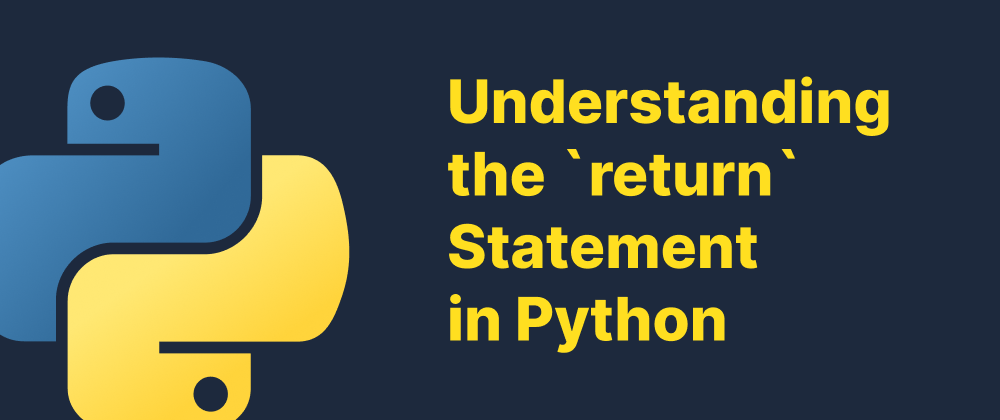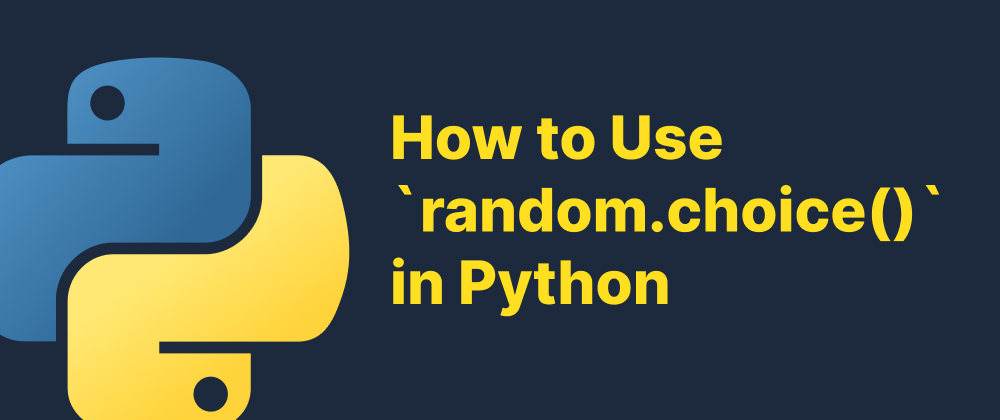Understanding the `return` Statement in Python
Grace Collins
Solutions Engineer · Leapcell

Key Takeaways
- The
returnstatement ends a function and optionally sends back a value. - Functions can return multiple values as a tuple.
- Omitting
returnresults in the function returningNoneby default.
In Python, the return statement is used to exit a function and send a result back to the caller. It is one of the most fundamental aspects of function design, allowing values to be passed back after a computation or process.
What Does return Do?
When a function reaches a return statement, it immediately ends execution and returns the specified value. If no value is specified, the function returns None by default.
def greet(): return "Hello, World!" message = greet() print(message) # Output: Hello, World!
In the above example, the function greet() returns the string "Hello, World!", which is then assigned to the variable message.
Returning Multiple Values
Python allows a function to return multiple values as a tuple. This is a powerful feature that can make your code more expressive and concise.
def get_coordinates(): x = 10 y = 20 return x, y coords = get_coordinates() print(coords) # Output: (10, 20) print(coords[0]) # Output: 10 print(coords[1]) # Output: 20
Conditional Returns
You can use return statements conditionally, depending on logic within the function.
def check_even(number): if number % 2 == 0: return True return False
This function returns True only if the number is even.
Returning None
If no return statement is used, or if a function hits the end of its block without encountering return, it returns None by default.
def do_nothing(): pass result = do_nothing() print(result) # Output: None
Using return to Exit Early
Sometimes, return is used to exit a function early before reaching the end, especially when handling errors or invalid input.
def divide(a, b): if b == 0: return "Division by zero is not allowed." return a / b
Best Practices
- Use
returnto keep functions modular and predictable. - Avoid using multiple
returnstatements in complex functions unless necessary—it can make debugging harder. - Document what your function returns to make your code more understandable.
Conclusion
The return statement is essential in Python for sending values back from functions. Understanding how and when to use return will help you write cleaner, more efficient code. Whether you're returning a simple value, multiple results, or exiting early due to an error condition, return plays a key role in structuring your programs.
FAQs
It returns None automatically.
Yes, Python functions can return multiple values as a tuple.
Yes, but use them carefully to avoid making the code harder to read.
We are Leapcell, your top choice for hosting Python projects.
Leapcell is the Next-Gen Serverless Platform for Web Hosting, Async Tasks, and Redis:
Multi-Language Support
- Develop with Node.js, Python, Go, or Rust.
Deploy unlimited projects for free
- pay only for usage — no requests, no charges.
Unbeatable Cost Efficiency
- Pay-as-you-go with no idle charges.
- Example: $25 supports 6.94M requests at a 60ms average response time.
Streamlined Developer Experience
- Intuitive UI for effortless setup.
- Fully automated CI/CD pipelines and GitOps integration.
- Real-time metrics and logging for actionable insights.
Effortless Scalability and High Performance
- Auto-scaling to handle high concurrency with ease.
- Zero operational overhead — just focus on building.
Explore more in the Documentation!
Follow us on X: @LeapcellHQ




